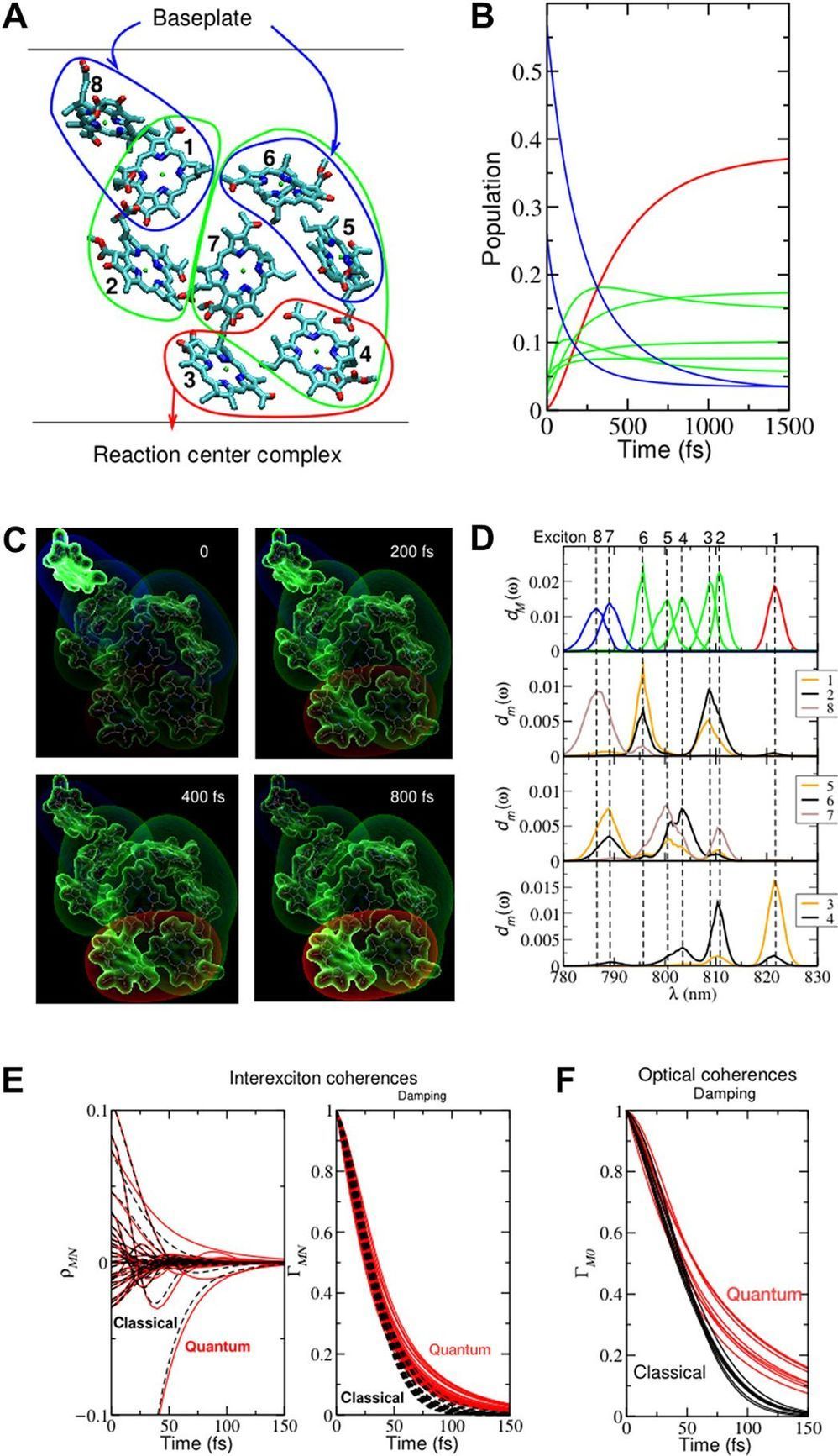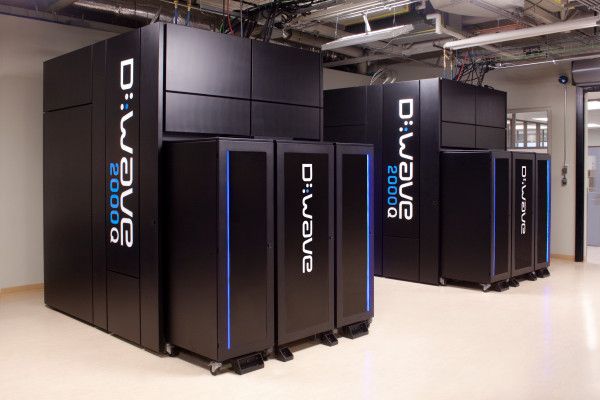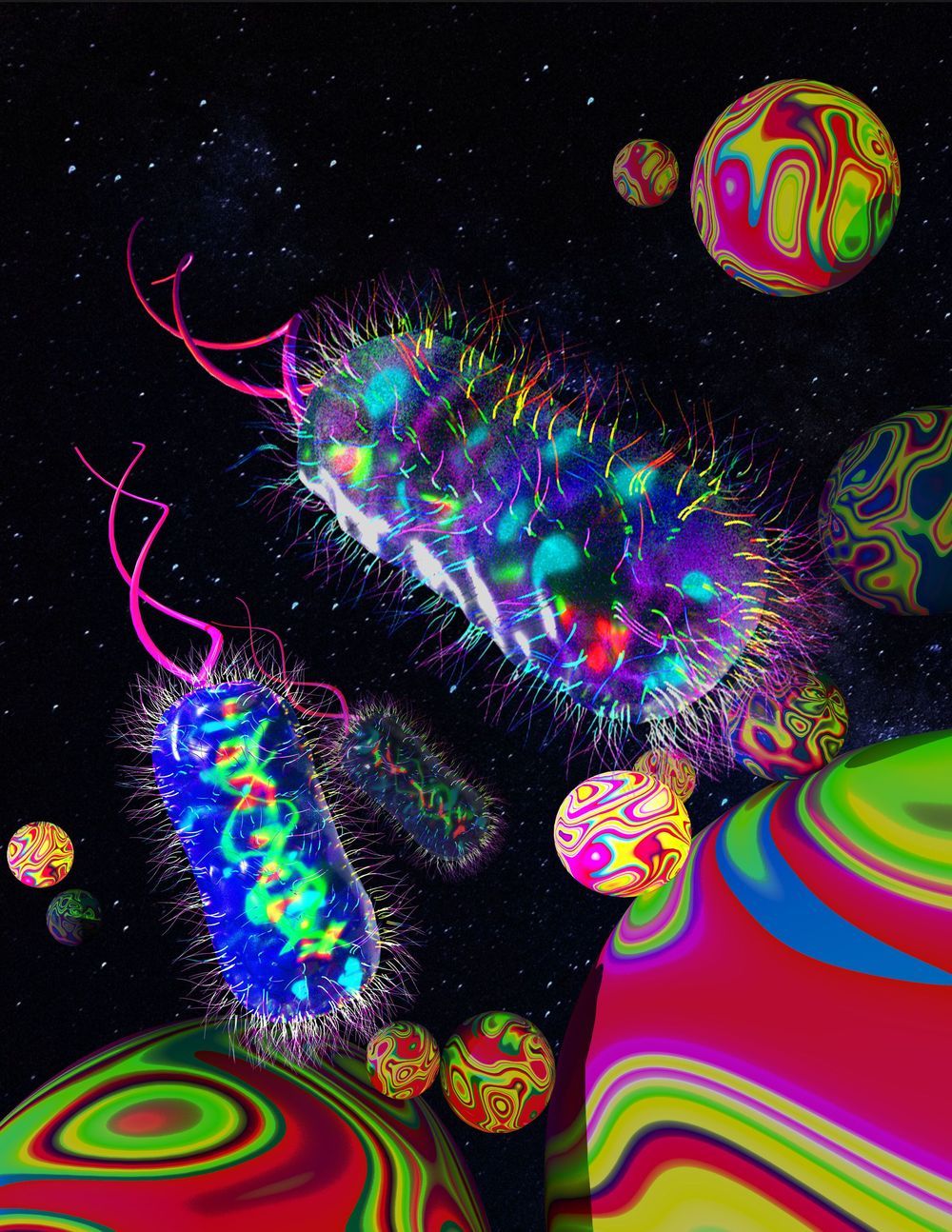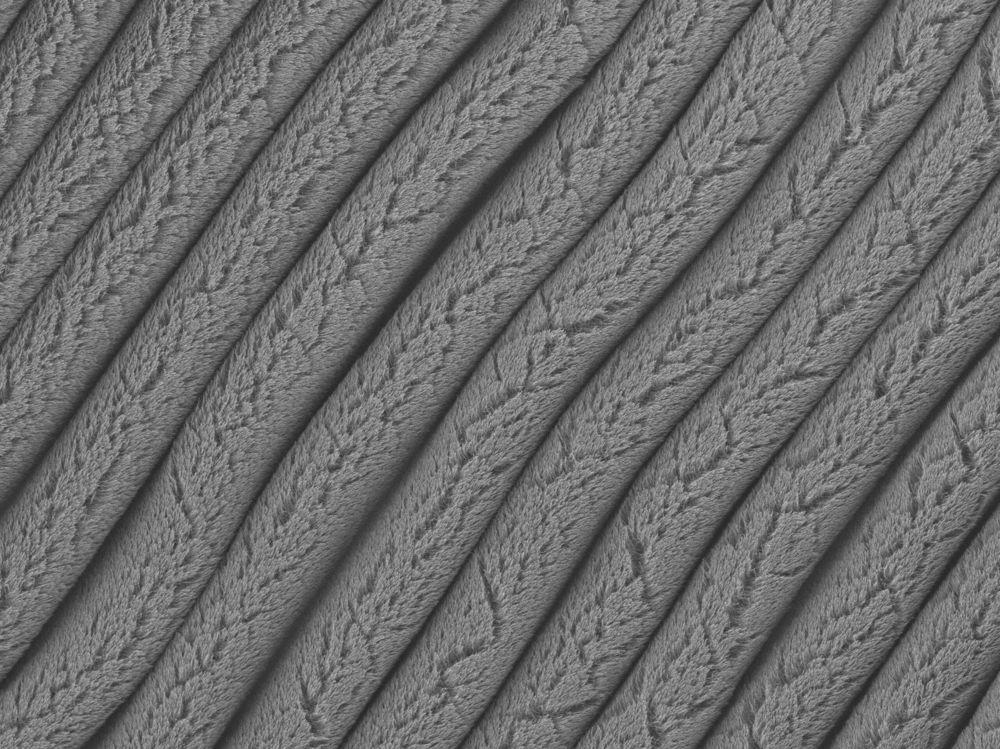Science yearns to discover a means to control or stop volcanic eruptions before they begin. To date there have been no successful efforts to start, stop or reduce a volcanic eruption; however, the ideas exists and discussion is underway. By accurately forecasting or minimizing a volcanic eruption, scientists and decision makers can reduce the risk and damage to human health and property through preparation and evacuation. Unfortunately, eruption forecasting is not totally accurate or reliable. However, if we are able to initiate a volcanic eruption we could schedule the event and prepare, properly evacuate and effectively eliminate risk to human well being. Think of it as a geologic Caesarean . Other techniques to control an eruption could include depressurization of the magma chamber or increasing the aperture of the vent to diffuse the energy of an eruption.
Archive for the ‘engineering’ category: Page 148
Apr 5, 2020
Quantum biology revisited
Posted by Quinn Sena in categories: biological, engineering, quantum physics
This could lead to biological teleportation. :3.
Photosynthesis is a highly optimized process from which valuable lessons can be learned about the operating principles in nature. Its primary steps involve energy transport operating near theoretical quantum limits in efficiency. Recently, extensive research was motivated by the hypothesis that nature used quantum coherences to direct energy transfer. This body of work, a cornerstone for the field of quantum biology, rests on the interpretation of small-amplitude oscillations in two-dimensional electronic spectra of photosynthetic complexes. This Review discusses recent work reexamining these claims and demonstrates that interexciton coherences are too short lived to have any functional significance in photosynthetic energy transfer. Instead, the observed long-lived coherences originate from impulsively excited vibrations, generally observed in femtosecond spectroscopy. These efforts, collectively, lead to a more detailed understanding of the quantum aspects of dissipation. Nature, rather than trying to avoid dissipation, exploits it via engineering of exciton-bath interaction to create efficient energy flow.
Over the past decade, the field of quantum biology has seen an enormous increase in activity, with detailed studies of phenomena ranging from the primary processes in vision and photosynthesis to avian navigation (1, 2). In principle, the study of quantum effects in complex biological systems has a history stretching back to the early years of quantum mechanics (3); however, only recently has it truly taken center stage as a scientifically testable concept. While the overall discussion has wide-ranging ramifications, for the purposes of this Review, we will focus on the subfield where the debate is most amenable to direct experimental tests of purported quantum effects—photosynthetic light harvesting.
Apr 3, 2020
D-Wave gives anyone working on responses to the COVID-19 free cloud access to its quantum computers
Posted by Quinn Sena in categories: engineering, quantum physics, robotics/AI, supercomputing
D-Wave, the Canadian quantum computing company, today announced that it is giving anyone who is working on responses to the COVID-19 free access to its Leap 2 quantum computing cloud service. The offer isn’t only valid to those focusing on new drugs but open to any research or team working on any aspect of how to solve the current crisis, be that logistics, modeling the spread of the virus or working on novel diagnostics.
One thing that makes the D-Wave program unique is that the company also managed to pull in a number of partners that are already working with it on other projects. These include Volkswagen, DENSO, Jülich Supercomputing Centre, MDR, Menten AI, Sigma-i Tohoku University, Ludwig Maximilian University and OTI Lumionics. These partners will provide engineering expertise to teams that are using Leap 2 for developing solutions to the Covid-19 crisis.
As D-Wave CEO Alan Baratz told me, this project started taking shape about a week and a half ago. In our conversation, he stressed that teams working with Leap 2 will get a commercial license, so there is no need to open source their solutions and won’t have a one-minute per month limit, which are typically the standard restrictions for using D-Wave’s cloud service.
Mar 31, 2020
Maker Mask launches in Seattle using 3D-printing technology to produce protective gear
Posted by Omuterema Akhahenda in categories: 3D printing, biotech/medical, engineering, finance, government, health
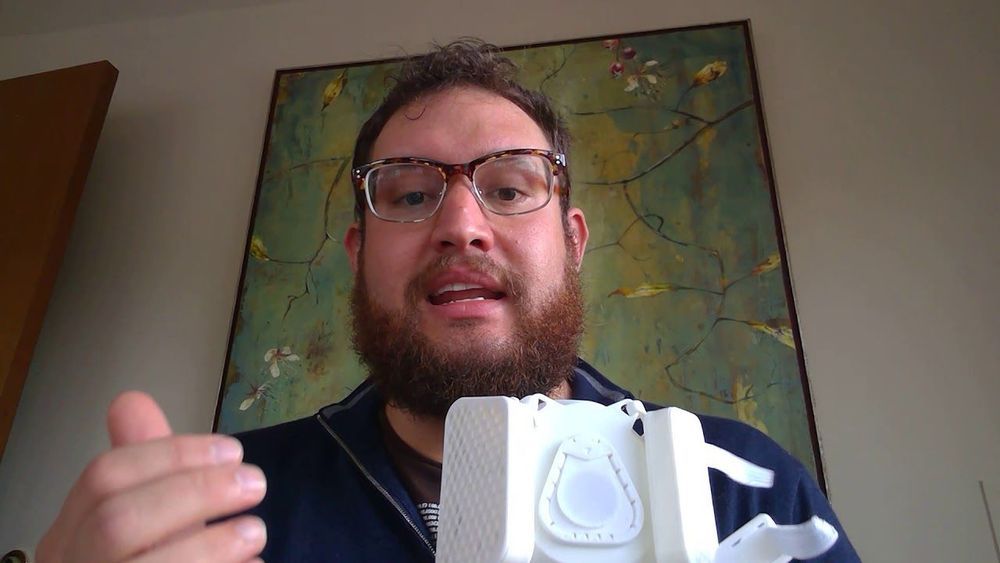
The 19 3D-printable parts that make up the mask are visible on the Maker Mask website along with details on materials needed, download instructions, videos, the ability to donate to the cause and more. The cost of each finished mask, printed in about three hours, is estimated to be between $2 and $3.
A technology veteran and a 3D-printing “savant” have teamed with other members of industry, health care and government to launch Maker Mask, a Seattle nonprofit creating medically endorsed, reusable protective masks using everyday 3D printers.
Mar 26, 2020
This is why Elon Musk wanted to avoid Parachutes
Posted by Bill D’Zio in categories: engineering, space, space travel
By Bill D’Zio Originally published on www.westeastspace.com
Parachutes are plaguing space programs. SpaceX doesn’t like Parachutes. They are difficult to design, hard to package, and easy to damage. The larger the mass of the spacecraft, the more effort to slow down. Larger, more efficient, complex parachute systems are needed. Several failures have hit the industry over the last few years, including SpaceX Crew Dragon, ESA ExoMars, Boeing CST-100, and the NASA Orion to name a few.
How do parachutes work and why are they hard?
The idea of a parachute is simple. All falling objects fall the same when under the same conditions… that is so long as no outside force is exerted on it. So two objects dropped from the same altitude, one a feather and hammer will fall equally. Don’t believe me? NASA tested it on the Moon. During Apollo 15 moon walk, Commander David Scott performed a live demonstration for the television cameras. Commander Scott did the Apollo 15 Hammer and Feather test. He held out a geologic hammer and a Falcon feather and dropped them at the same time. Because there is not an atmosphere on the Moon, they were essentially in a vacuum. With no air resistance force, the feather fell at the same rate as the hammer. Ironically, Apollo 15 had a second demonstration of falling objects when one of the parachutes failed to function as planned.
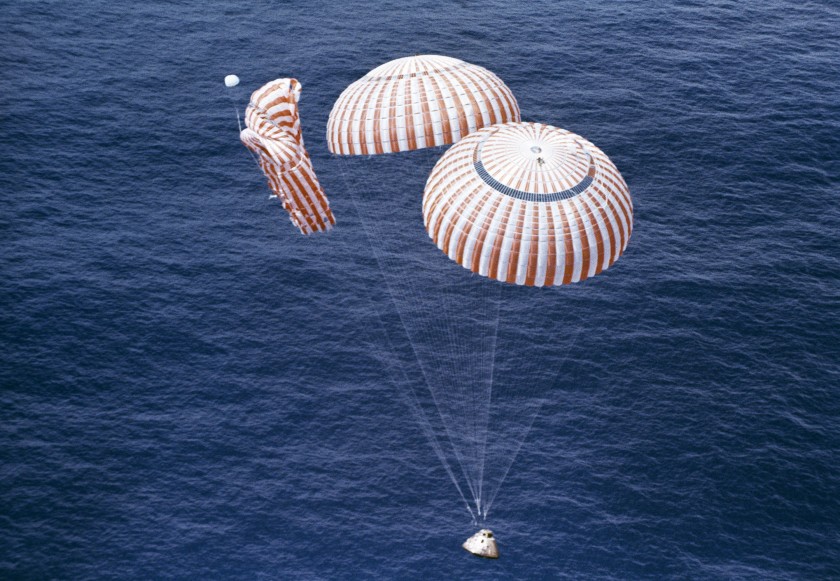
On Earth, and any other planet with an atmosphere, air acts as a resistance force for an object moving through it. We can get more air resistance force by increasing the surface area. Depending on the shape of the object, it’s orientation, and the amount of resistance will increase, and therefore slow the object down. Unbalanced and uncorrected resistance can cause the object to start to turn, twist and tumble. A parachute system is deployed to generate air resistance from the atmosphere. (note that the thicker the atmosphere the more resistance) Parachutes designed for use on Earth will not be the same as a parachute designed for Mars.
Continue reading “This is why Elon Musk wanted to avoid Parachutes” »
Mar 26, 2020
Israeli scientist’s shrimp antiviral could be adapted for coronavirus
Posted by Omuterema Akhahenda in categories: biotech/medical, engineering, food
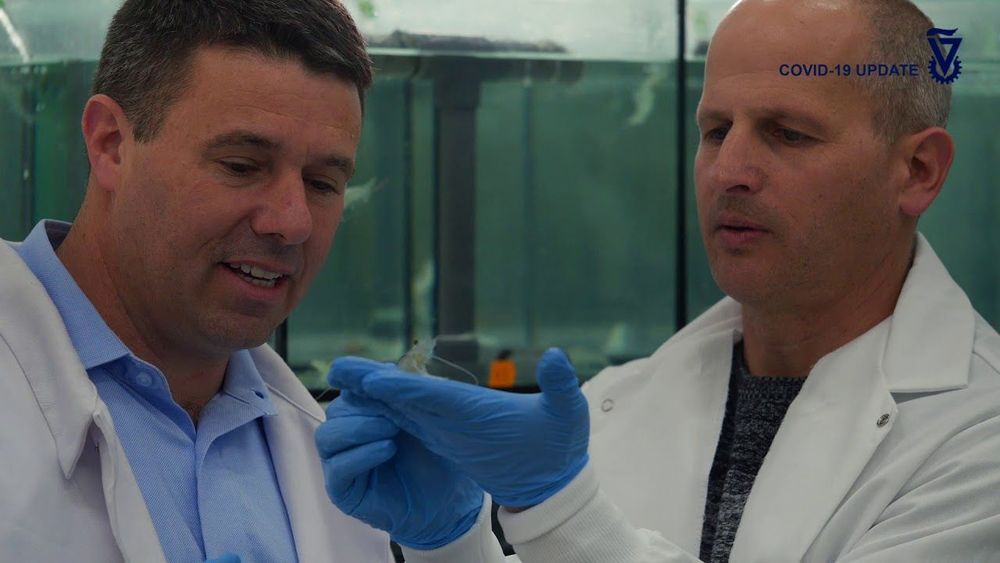
The 43-year-old scientist is a member of the Technion’s Wolfson Faculty of Chemical Engineering, and his lab first developed a food additive to boost the immune system of animals to protect them from contracting viral diseases. This invention formed the basis of his own commercialized start-up company, ViAqua Therapeutics, which focused the development of the drug on shrimp, as over 30% of the global shrimp population is wiped out yearly by a viral disease known as white spot syndrome.
Israeli scientist and entrepreneur Prof. Avi Schroeder is working on a preventative drug for the coronavirus by adapting a food additive designed for shrimp.
Continue reading “Israeli scientist’s shrimp antiviral could be adapted for coronavirus” »
Mar 26, 2020
Helm.ai raises $13M on its unsupervised learning approach to driverless car AI
Posted by Genevieve Klien in categories: engineering, robotics/AI, transportation
Four years ago, mathematician Vlad Voroninski saw an opportunity to remove some of the bottlenecks in the development of autonomous vehicle technology thanks to breakthroughs in deep learning.
Now, Helm.ai, the startup he co-founded in 2016 with Tudor Achim, is coming out of stealth with an announcement that it has raised $13 million in a seed round that includes investment from A.Capital Ventures, Amplo, Binnacle Partners, Sound Ventures, Fontinalis Partners and SV Angel. More than a dozen angel investors also participated, including Berggruen Holdings founder Nicolas Berggruen, Quora co-founders Charlie Cheever and Adam D’Angelo, professional NBA player Kevin Durant, Gen. David Petraeus, Matician co-founder and CEO Navneet Dalal, Quiet Capital managing partner Lee Linden and Robinhood co-founder Vladimir Tenev, among others.
Helm.ai will put the $13 million in seed funding toward advanced engineering and R&D and hiring more employees, as well as locking in and fulfilling deals with customers.
Mar 25, 2020
Elon Musk: Tesla Model Y heat pump is some of the best engineering I’ve seen in a while
Posted by Genevieve Klien in categories: climatology, Elon Musk, engineering, sustainability
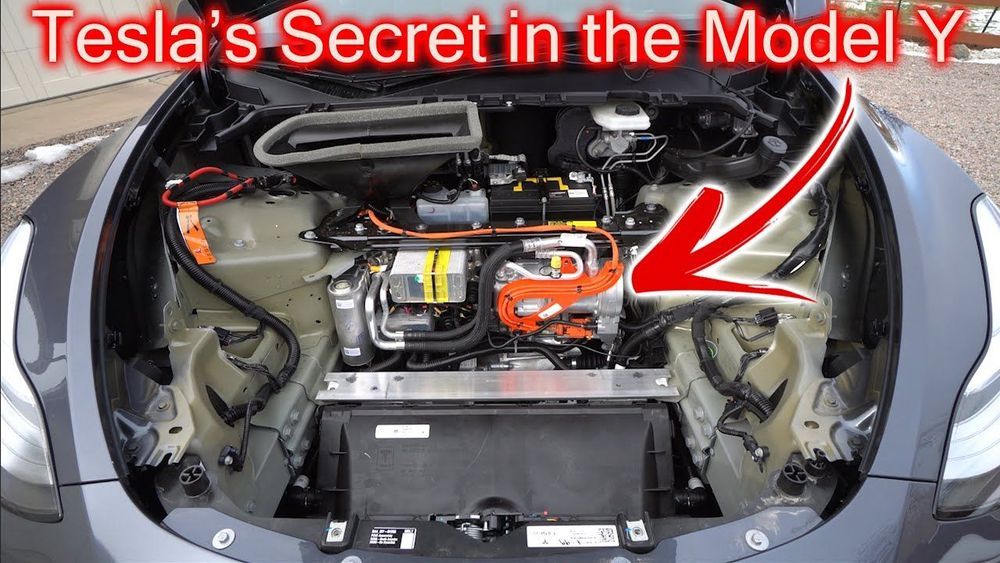
Elon Musk praised Tesla’s team for the Model Y’s heat pump — a feature that could make the electric SUV much more efficient in colder climates.
Last week, Tesla started deliveries of the Model Y, its fourth vehicle in the current lineup and fifth model ever.
Mar 23, 2020
New device quickly detects harmful bacteria in blood
Posted by Shane Hinshaw in categories: biotech/medical, engineering, health
Engineers have created a tiny device that can rapidly detect harmful bacteria in blood, allowing health care professionals to pinpoint the cause of potentially deadly infections and fight them with drugs.
The Rutgers coauthored study, led by researchers at Rochester Institute of Technology, is published in the journal ACS Applied Materials & Interfaces.
“The rapid identification of drug-resistant bacteria allows health care providers to prescribe the right drugs, boosting the chances of survival,” said coauthor Ruo-Qian (Roger) Wang, an assistant professor in the Department of Civil and Environmental Engineering in the School of Engineering at Rutgers University-New Brunswick.
Mar 19, 2020
Stretchable supercapacitors to power tomorrow’s wearable devices
Posted by Shane Hinshaw in categories: biotech/medical, computing, engineering, wearables
Researchers at Duke University and Michigan State University have engineered a novel type of supercapacitor that remains fully functional even when stretched to eight times its original size. It does not exhibit any wear and tear from being stretched repeatedly and loses only a few percentage points of energy performance after 10,000 cycles of charging and discharging.
The researchers envision the supercapacitor being part of a power-independent, stretchable, flexible electronic system for applications such as wearable electronics or biomedical devices.
The results appear online March 19 in Matter, a journal from Cell Press. The research team includes senior author Changyong Cao, assistant professor of packaging, mechanical engineering and electrical and computer engineering at Michigan State University (MSU), and senior author Jeff Glass, professor of electrical and computer engineering at Duke. Their co-authors are doctoral students Yihao Zhou and Qiwei Han and research scientist Charles Parker from Duke, as well as Ph.D. student Yunteng Cao from the Massachusetts Institutes of Technology.

